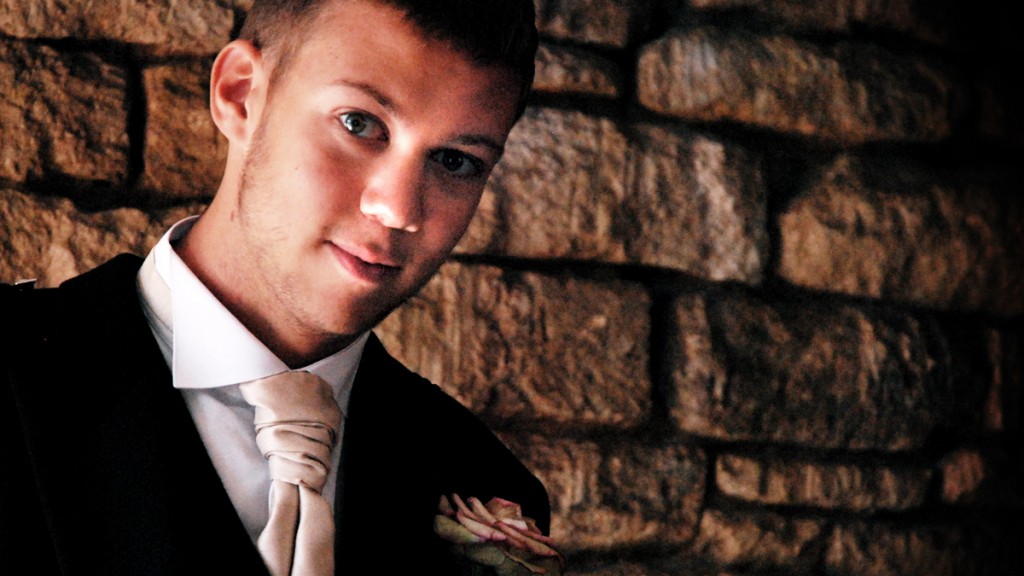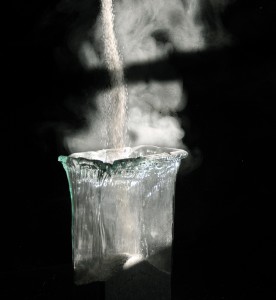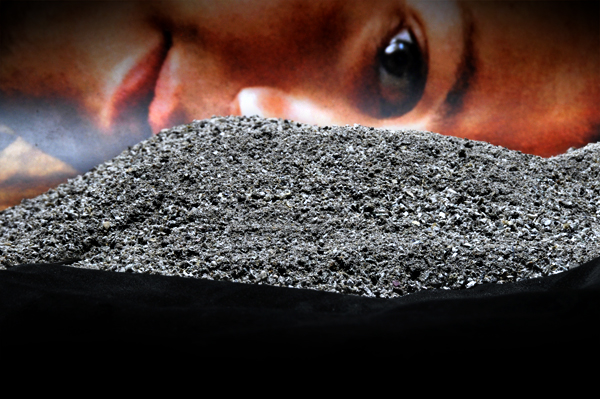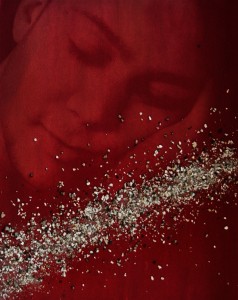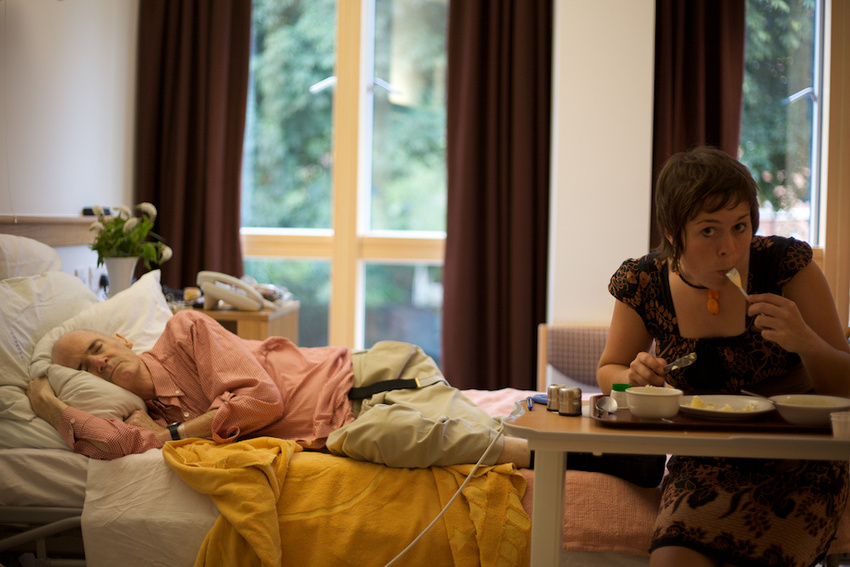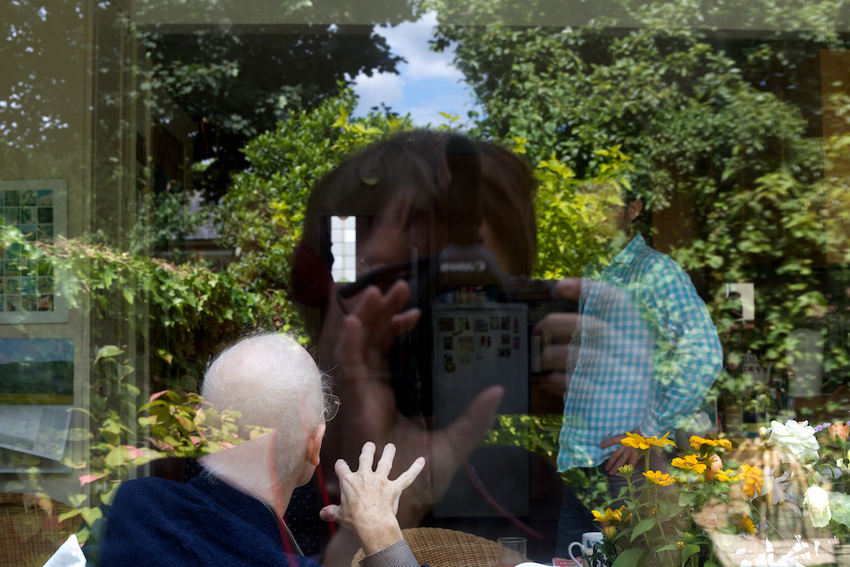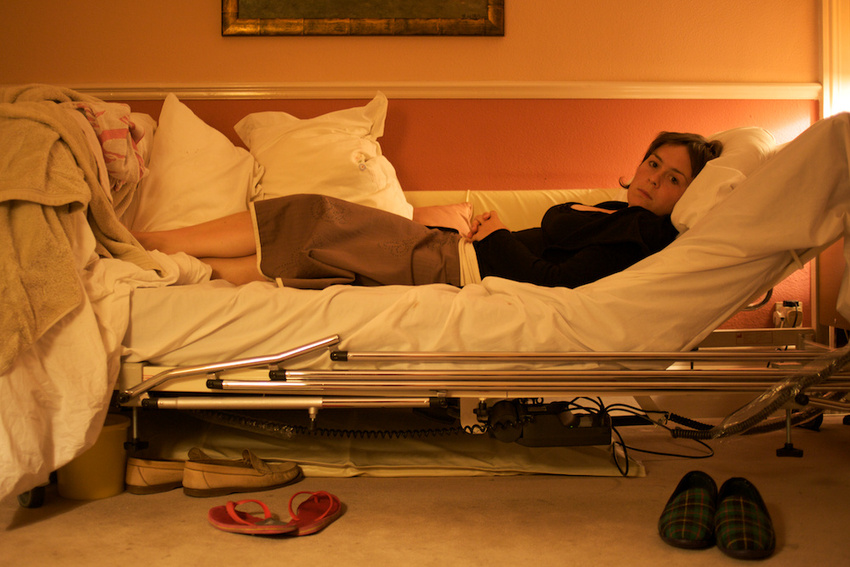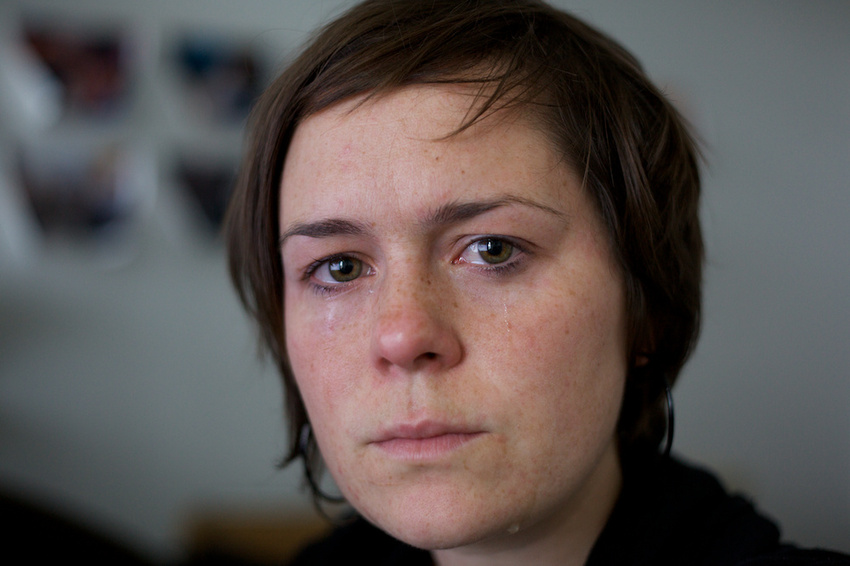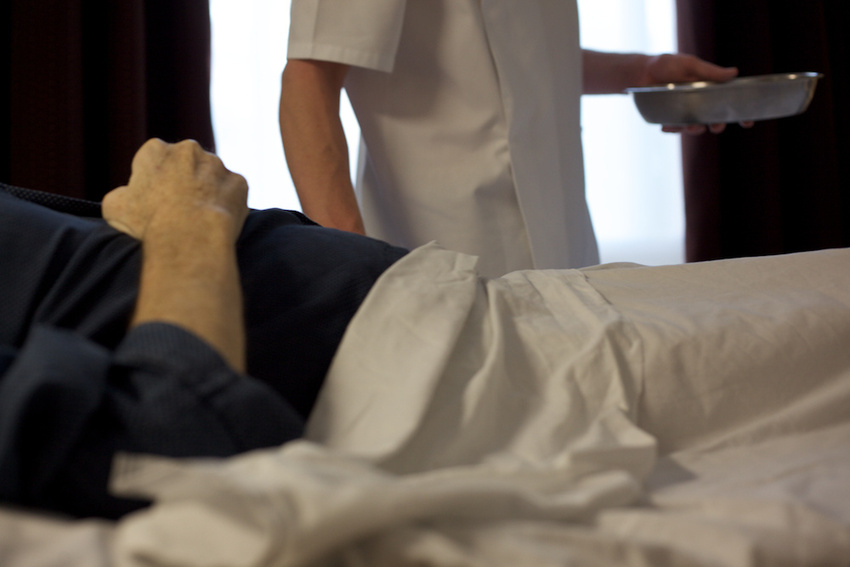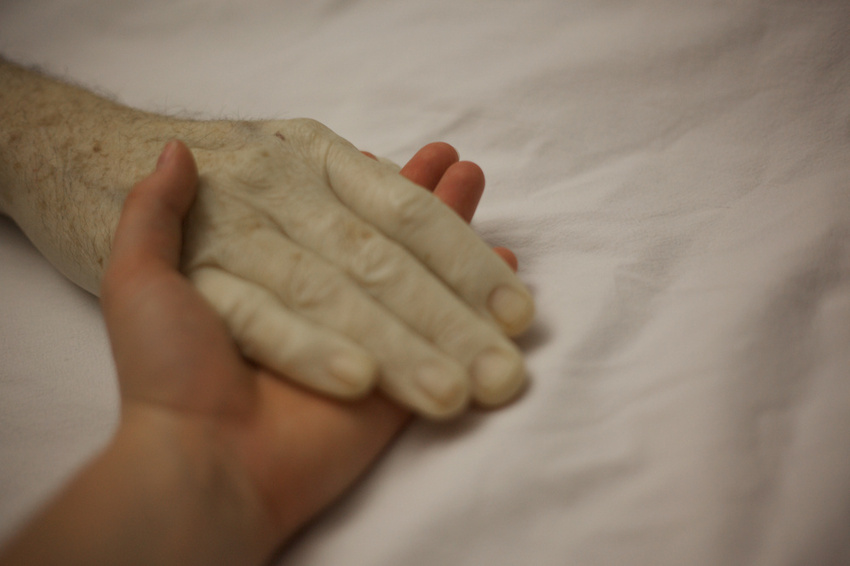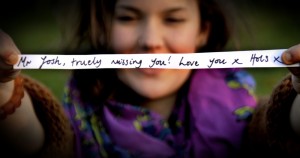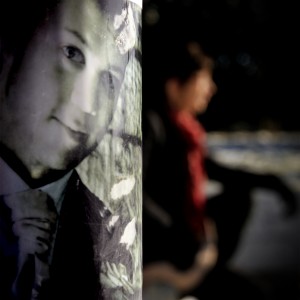In the last few months Year six children from Elmhurst School in East London, have been working on a poetry project as part of their R.E lessons.  They have been learning about death and what different religions believe about life after death.    Holly Gale, a good friend of Josh, is their teacher.
This is what Hollie told us about the project:
“We got the children to think about the feelings surrounding ‘loss.’ Many were able to relate this to when they had missed someone who had gone away for a while, whilst others were able to relate to a more permanent feeling of loss, due to loosing a relative or a friend.
We asked the children to create a poem based on these feelings.
In order to do this we started by showing the children an animation called ‘The Piano” by Aidan Gibbons, which is about an elderly man who is remembering people he had lost in his life, whilst playing the piano. The children had to express their feelings through drawings or words and record their own interpretations of what they saw in any way they wished. They were then played songs that were about death by three different artists. 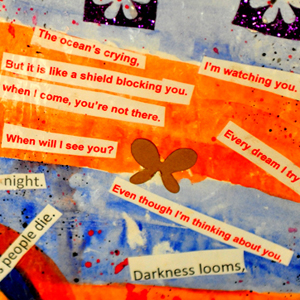 Again, they were asked to record their feelings and their interpretations of what they had heard.”
Again, they were asked to record their feelings and their interpretations of what they had heard.”
The final source of stimulus was “Released”, (the book  Jimmy produced soon after Joshua died). In this book were photographs of ashes and the children discussed why it may be important for people who had lost someone to keep the ashes of someone special to them.
Despite this being a topic that many adults struggle to cope with, I feel the children dealt with the issues with a tremendous sense of maturity and sensitivity.”
My Life Lost Without You
by Afsand
I felt like a star alone, in the empty night.
I felt like a dot, that wasn’t part of anything.
True love stays,
People leave,
Time flies, as people die.
I’ll miss you,
Every time I see you.
You are not there,
I feel devastated.
Friendship bonds frozen.
As people doze in their death,
My memories are spent thinking about you.
Where are you?
Darkness looms,
Looms around me.
When I see you,
You make me smile,
But when you vanish I cry.
Our love stays,
But you are gone,
So I shatter.
You never hear me,
Whilst I am praying,
But please come today.
The ocean’s crying,
And I’m watching you.
In every dream,
I try to see you, but it is like a shield blocking you.
When will I see you?
The streets are quiet,
I know you are here.
When I hear a glistening voice,
It makes me so happy.
Your voice keeps on echoing in my head.
Whenever I go out,
I see you coming to me,
But when I come,
You are not there.
My heart is beating out of patience,
Please come for me.
When I touch something that shows a picture of you,
The sky falls like you’re trying to push through.
Even though I am thinking of you,
You’re never coming back,
Forever again?
Bye, bye.
I may never see you, but I will always find you.
By Asfand 6HG
Friends Forever
by Krisknika
Death is simply moving onto the next level in life,
It is inevitable.
So…
No need to worry, my presence will always linger in the atmosphere.
A part of me will always be here.
No need to plunge into sorrow,
I will guide you along the right path.
I wish I could reverse time.
No need to cry, I will be there to share your feelings,
I know you are in heaven smiling.
Keep calm and carry on,
Don’t wear a sad countenance just because you can’t see me.
Don’t be engulfed in grief just because you can’t talk to me.
Life is a God-given gift.
Enjoy the present.
Don’t waste your time deploring the past.
By Krishnika 6D
Life without You!
by Hamima
You were the best person I have ever met,
When I used to get in trouble you were always there to help,
I’m not strong enough to bring you back from the dead,
I imagine you – this gives me strength to carry on.
Life’s like fire bursting out of nowhere,
I need you here,
I need you alive,
I need your help right now.
The sun is dying and the moon is vanishing,
Death comes closer and closer,
The brightness is getting further and further.
Our love was strong,
Death will strike at any time,
But our love will be everlasting,
Why did you have to leave me?
It seems like you’re there but you’re not.
You make me think you’re there but you’re not.
Even though you’re gone you’ll still be in my dreams,
When I heard that you were dead,
My heart was full of dread,
But I’m getting closer to seeing you again.
I am truly sorry for the pain I’ve caused you,
I will always pray for you.
The storm is laughing a menacing laugh,
Your love is a river of smiles,
But now it’s a hand waving goodbye.
I feel your hands entangle me when I fall,
Your eyes are jewels that twinkle in the stars.
Every day passes full of ups and downs and so I follow
your footsteps to heaven.
You were honourable to everyone you met.
Sometimes you would sit as quiet as a mouse,
Thinking of the future that lies ahead of you,
But now it’s ended tragically.
It’s my turn bye to say it to you.
Time will pass quickly but our memories will stay forever.
I will always think about you – I imagine what you’re getting up to,
I’ll love you, I’ll miss you, I’ll pray for you, even though our bond has separated.
Life without you is darkness waiting to snatch your soul out,
You’re alive but without breath.
Good bye for now; I’ll see you hereafter.
By Hamima 6HG
WHY???…WHY???…WHY???
by Fatima
As I look searchingly in the sky,
I quest to the mayor of all – up high.
People think I’m mad sitting in this cold,
But I request for something more precious than gold.
Why did you have to snatch my parents from me??
As to unlock any problem they were my key.
Since, they have gone I’ve become lonely,
Now without them, I’m drowning in the black sea.
I understand that everyone has to leave someday.
I don’t know why…but I still pray.
With memories, I’ve learnt to smile when you’re away,
May angels welcome you on your way…
By Fatima
THE SORROW PASSING
by Sardar Akhtar
Time is eternity,
Life is not.
But love lasts forever ,
No matter what.
I will never forget you.
My love is always with me because
Love lasts forever.
No matter what.
Your safety was my concern,
But I didn’t achieve my goal but when I think of you I feel your love,
It’s because it lasts forever.
No matter what.
Words don’t express how I feel for you,
It’s because I feel sorrow for your passing.
It might be because actions speak faster than words
But even if you’re one million miles away I will still feel your love
Because love lasts forever.
No matter what.
I feel your hand holding mine.
I feel and hear your breath,
Because however far you are,
Whatever glistening star you are,
I still feel your love,
Because love lasts forever,
No matter what.
BY SARDAR AKHTAR 6HG
LOST
by Fahim
Friendship’s risen but now it’s gone,
Our everlasting bond has come to an end.
If only I had the same friend who would cheer me up again.
I will never forget you or stop loving you.
Separation has turned to a devastating inspiration that will never leave my heart.
Please come back, please come back.
Please make sure I resist this sadness for you.
I will assist.
I wish I had seen you once more.
I wish you were here, as you represent happiness, like a dove.
I will never forget you or stop loving you.
The lonely times have felt like an ocean of sadness waving through the hands of my friends.
A true bond, is strong and it lies between friendships.
Your face appears in front of my eyes which makes me feel warm.
I will never forget you or stop loving you.
By Fahim 6HG
Poem about death and life
by Faizal
Death is nothing at all.
When one of my family relatives die,
At that moment they die, my heart beats as fast as a drum.
My heart beats as if it is giving me a warning that sadness will come over me.
Death is a murderer, killing people but death never stops.
It’s kinda hard when you aren’t around,
Why does this happen to me?
When I see my relatives die my heart gets locked with sadness and anger.
My body shakes with fear.
I wish I had the strength to bring the people back to life from the dead.
This is what happens to me, I get bad luck but why?
Does everyone get bad luck?
Of course not.
By Faizal (Class 6D)

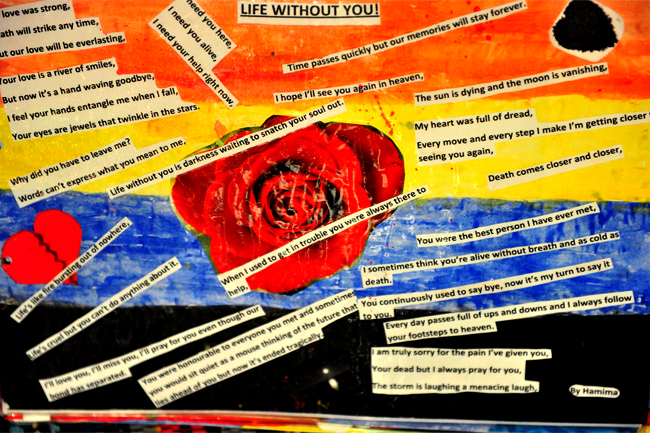
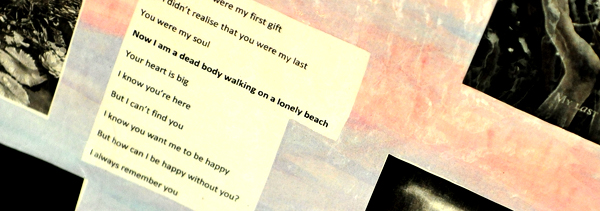

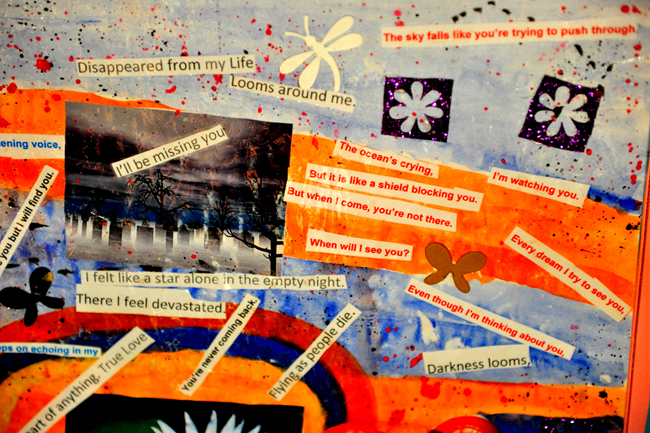



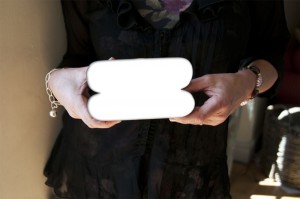
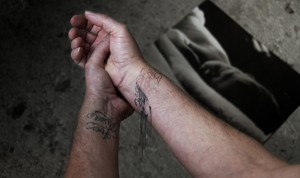

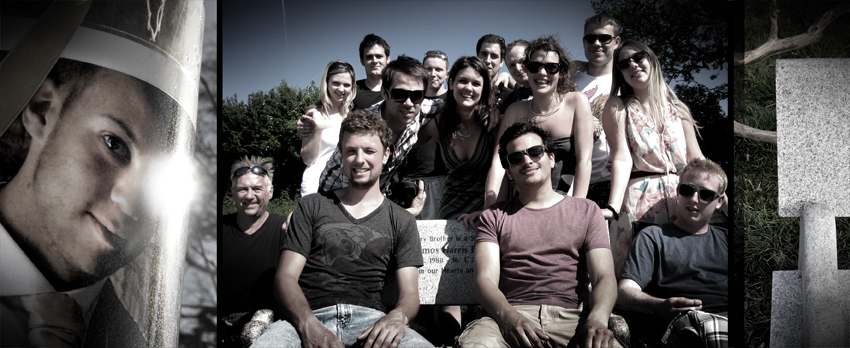
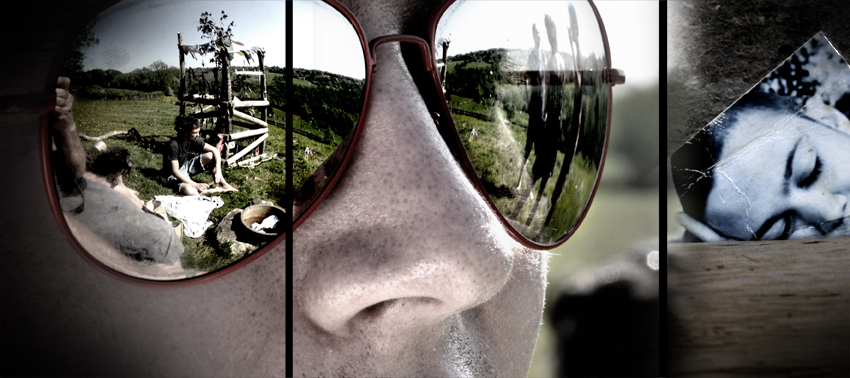
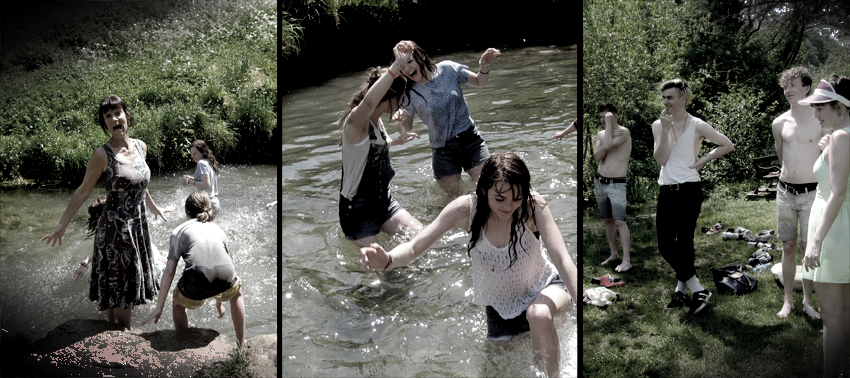


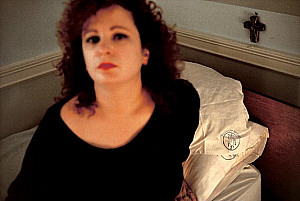





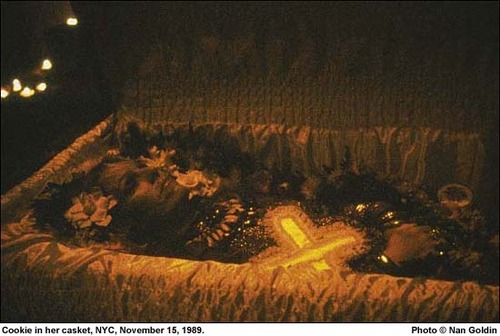


 Above – the photograph Josh used for his business card
Above – the photograph Josh used for his business card